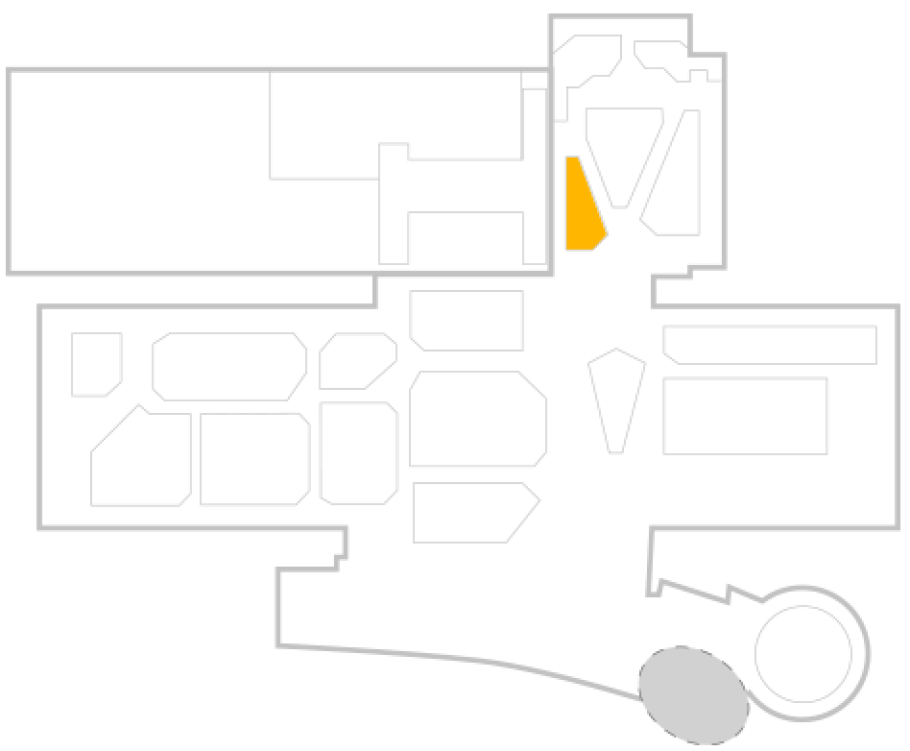One museum, two locations
Visit us in Washington, DC and Chantilly, VA to explore hundreds of the world’s most significant objects in aviation and space history. Free timed-entry passes are required for the Museum in DC.
Visit
National Air and Space Museum in DC
Udvar-Hazy Center in VA
Plan a field trip
Plan a group visit
At the museum and online
Discover our exhibitions and participate in programs both in person or virtually.
What's On
Events
Exhibitions
IMAX and Planetarium
Dive deep into air and space
Browse our collections, stories, research, and on demand content.
Explore
Stories
Topics
Collections
On demand
For researchers
For teachers and parents
Bring the Air and Space Museum to your learners, wherever you are.
Learn
Programs
Learning resources
Plan a field trip
Educator professional development
Education monthly theme
Be the spark
Your support will help fund exhibitions, educational programming, and preservation efforts.
Give
Become a member
Wall of Honor
Ways to give
Host an Event
Human Spaceflight
Objects and stories representing one of the great achievements of the modern age.
Human spaceflight is one of the great achievements of the modern age. Not content to master flight in the atmosphere, inventors, engineers, scientists, and visionaries pressed ahead to explore space and developed the technology for human spaceflight. With varying degrees of political leadership and public support, the United States, Soviet Union/Russia, and other nations have made human spaceflight a priority.
Since the first venture into space by Soviet cosmonaut Yuri Gagarin in 1961, more than 500 men and women have flown in space, some staying months at a time. People have circled the Earth in small capsules and huge space shuttles. They have floated in open space, delivered satellites, conducted laboratory experiments, repaired space telescopes, and built a space station. Twenty-four men have flown to the Moon and back (three went twice), and twelve explored its landscape.
Location in Museum
Steven F. Udvar-Hazy Center in Chantilly, VA
Plan Your Visit
Related Topics:
Spaceflight
Apollo program
Gemini program
Human spaceflight
Mercury program
Space Shuttle program
Space stations
The Apollo Missions
You may also like
Space Science
Steven F. Udvar-Hazy Center in Chantilly, VA
On View Exhibition
"We Choose to Go to the Moon" and Other Apollo Speeches
July 17, 2019
Bob Gilruth: Architect of Mercury, Gemini, and Apollo
July 03, 2019
5 Unusual Facts About Space Shuttle Discovery
August 30, 2018
Museum Transformation
Be the Spark
A major renovation is underway as we reimagine our galleries and presentation spaces in our iconic National Mall building in Washington, DC. Join us as we inspire a new generation of pioneers and explorers.
Learn About Our Transformation
Stay up to date on the latest stories and events with our newsletter
Privacy
Terms of Use

